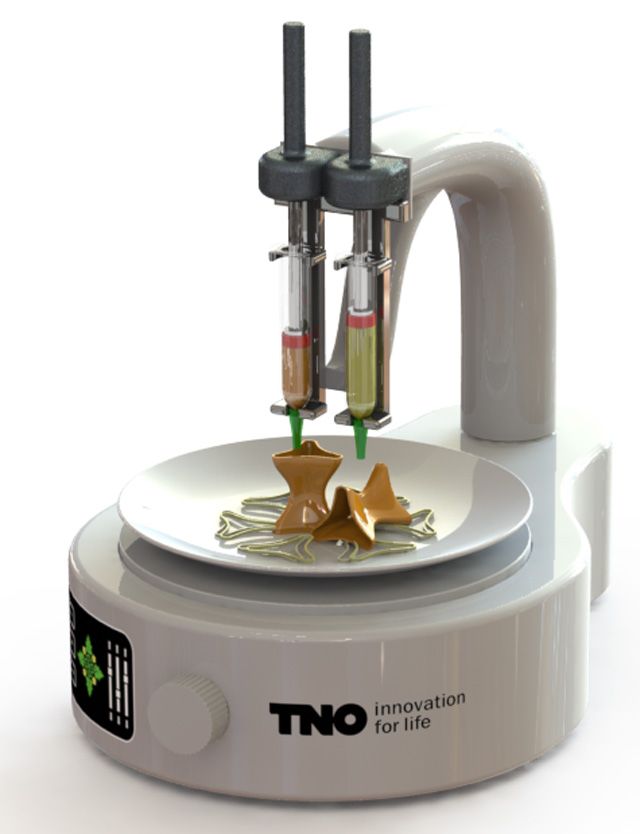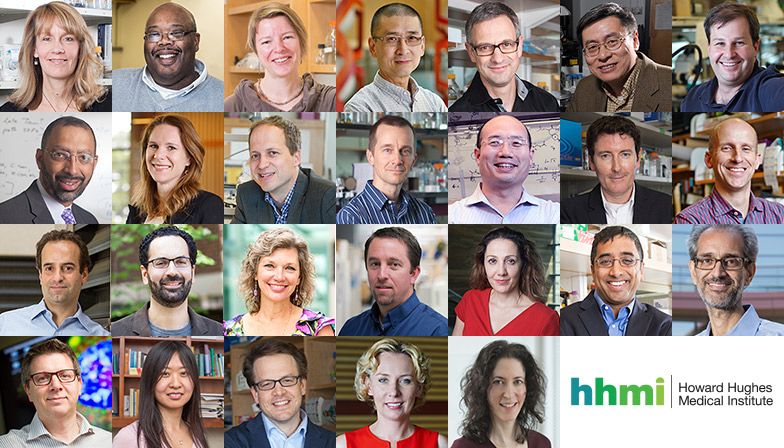A team of Massachusetts General Hospital (MGH) investigators has made the first steps towards development of bioartificial replacement limbs suitable for transplantation They had used decellularization technique to regenerate kidneys, livers, hearts and lungs from animal models, but this is the first reported use to engineer the more complex tissues of a bioartificial limb.
They took the leg from recently deceased rat and then:
* Over a period of 52 hours, infusion of a detergent solution removes cells from a rat forelimb, leaving behind the cell-free matrix scaffolding onto which new tissues can be regenerated.
* it is put in a specially designed bioreactor and after 2 weeks it is recellularized
* they graft some skin onto the fledgling leg, and the doctors had themselves their own, home-grown rat limb (minus the bones and cartilage).
* they attached it to a rat
What if instead of taking the leg of dead rat you took the leg of an old rat and recellularized it with its own stem cells.
So if this process were made to work with humans, then all of the organs, limbs and muscles could be recellularized with youthful cells.








